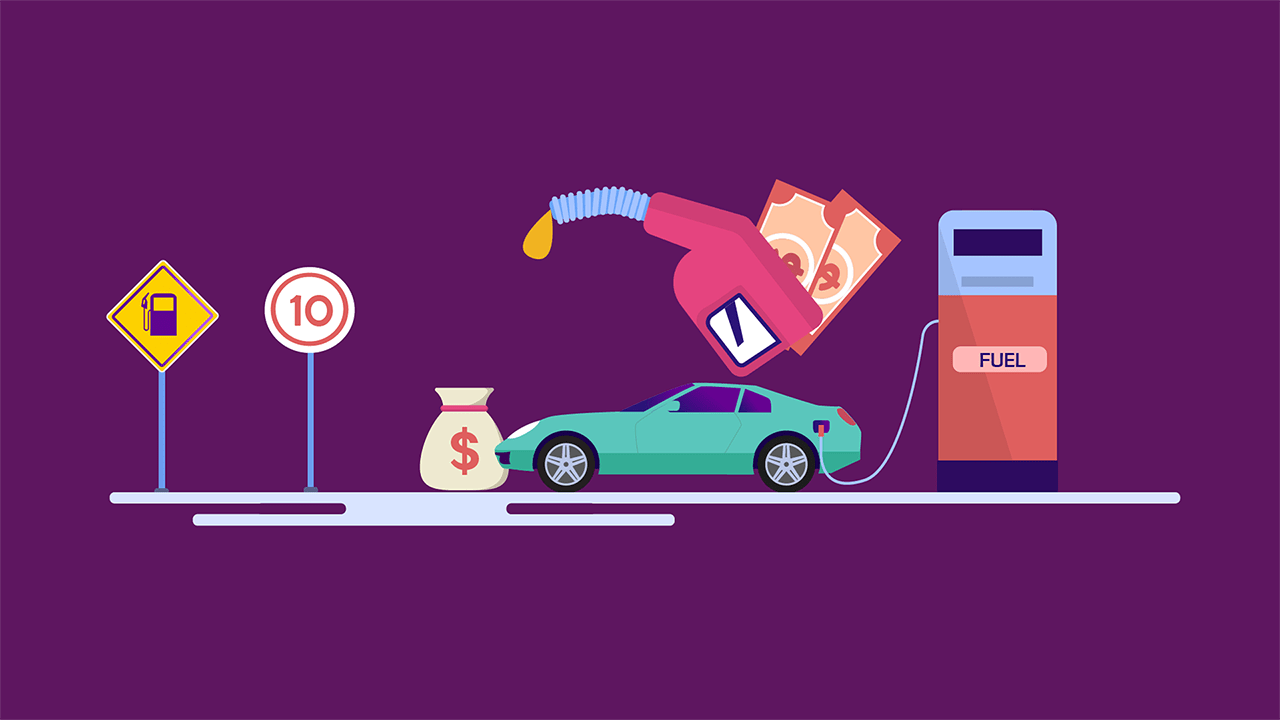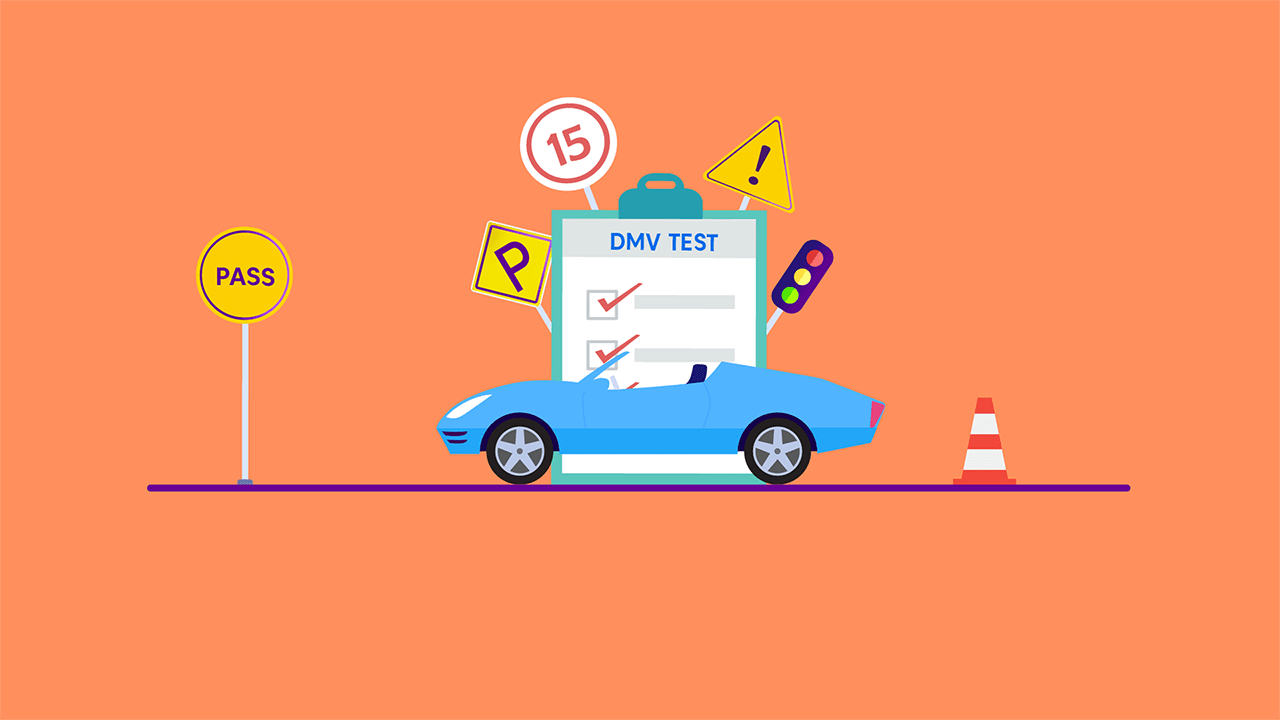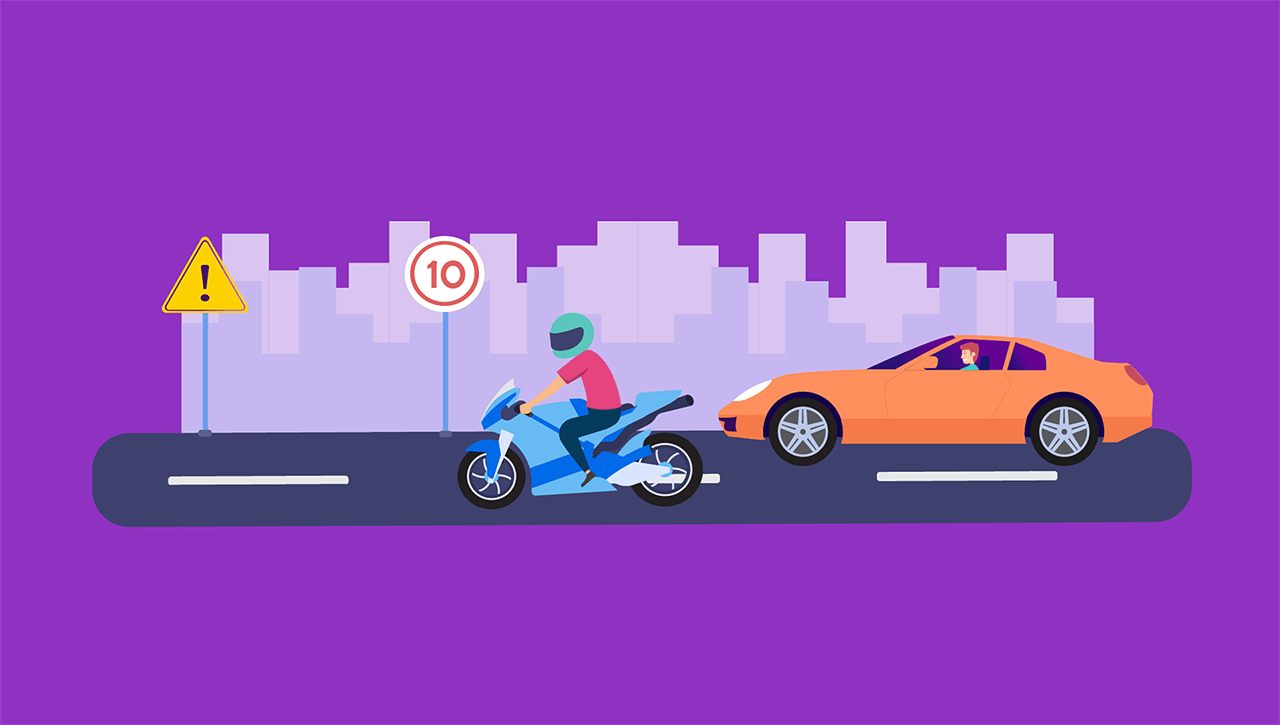How To Drive A Stick Shift Like a Pro – 12 Easy Steps
By Ujala Nadeem on Mar 04, 2024Contents
- What to do Before Driving a Stick Shift
- How to Drive a Stick Shift: 12 Steps to Follow
- Gear-Shifting Patterns
- Wrapping Up
Do you know anyone who can drive a car with gears you change manually? This used to be how most cars were made. Drivers had to use a special pedal and a gear lever to shift gears. But now, almost all new cars don't need this because they change gears by themselves. So, not many people know how to drive with a manual gear shift anymore.
However, the skill of driving a manual transmission car is an irreplaceable practical skill. After all, there may come a time when you'll need to drive a friend's or family member's car with a manual gearbox. In such moments, knowing how to operate a stick shift ensures that you're never left stranded.
Using a manual transmission, or "drive standard." It might look tough, but it's really about practicing a few specific actions. Here’s what you need to know about driving a stick shift well.
Here’s what you need to know about driving a stick shift well.
What to do Before Driving a Stick Shift
You must set up a few things before hitting the road in your stick shift car. Here are some helpful suggestions to get you prepped and ready.
Get a Stick Shift Driver in the Passenger Seat
Make sure to have a peaceful and seasoned manual driver by your side during the initial attempts. They're there to calm any jitters and provide answers to your queries.
Find Your Practice Space
Look for a spacious and vacant lot for practice sessions, ideally on flat terrain to avoid inclines.
Safety First
Remember to always begin with the emergency brake engaged to prevent any unintended movement.
Know Your Gearshift
Study the diagram on the gearshift's top to acquaint yourself with its layout. Then, practice shifting through the gears with the engine off, remembering that you may need to depress the clutch to move the gearshift smoothly.
Build Muscle Memory
The gear-shifting pattern will become second nature over time. Be patient as you develop this muscle memory.
Understand the Pedals
Get to know the pedals: the gas is on the right, the brake is in the middle, and in a manual, the clutch is on the left. Practice using them, as these actions will also become part of your muscle memory.
Combine Movements
Start practicing the dance of driving stick: clutch in, shift gears, clutch out, and add gas. Then, ease off the gas, shift out of gear, and brake. Keep at it until it feels natural.
How to Drive a Stick Shift: 12 Steps to Follow
Driving a stick shift is all about getting the right feel. It's a mix of hand and foot moves, listening to the engine, and getting into the rhythm. It may take a few tries, but it'll become easy with practice.
At first, you might stop the car by accident, and that's okay. Learn where there's no traffic, like in an empty parking lot, so you don't worry about other drivers or risk an accident. If there's no parking lot, a quiet road late at night works too. The best place to learn is somewhere you can have the road to yourself.
Here are the basic steps to driving a stick shift.
1- Ready to Roll
Release the emergency brake by pulling the lever in the center console or pressing the pedal on the far left. Check around to make sure it's safe to go.
2- Brake Control
Press the brake pedal with your right foot. You'll use this foot for both the brake and gas pedals.
3- Clutch Down
Push the clutch pedal all the way down with your left foot. The gearshift should be in neutral, which is usually the middle position where it wiggles a bit.
4- Ignition On
Start the car with the gear in neutral and both the clutch and brake pedals pressed. Most new cars won't start unless everything's in the right place.
5- First Gear
With the clutch still down, shift to first gear. Then, move your right foot from the brake to the gas pedal.
6- Smooth Start
Slowly lift your left foot off the clutch while gently pressing the gas pedal with your right foot.
7- Keep Going
Continue this motion until you've fully released the clutch and the car starts to speed up. Get ready to shift to second gear.
8- Gear Change
To shift to second gear, ease off the gas and press the clutch down again.
9- Second Gear
Shift to second gear, then slowly let go of the clutch and press the gas pedal again.
10- Neutral for Coasting
When you need to stop, press the clutch and shift to neutral.
11- Stopping
Use the brake pedal to slow down and stop.
12- Park with the Brake
There's no 'Park' gear in a manual car, so use the emergency brake to park and keep the car from rolling.
Gear-Shifting Patterns
All cars are unique, especially when it comes to the layout of the gearshift. The "Reverse" gear might be in different spots, and the number of gears can vary. It's a good idea to practice shifting gears before you start driving.
When you're on the move, you'll need to hit the right speed for each gear. Here's a quick guide to typical speed ranges for each gear:
- 1st gear: 0-10 mph
- 2nd gear: 5-25 mph
- 3rd gear: 15-45 mph
- 4th gear: 30-65 mph
- 5th gear: 65+ mph
There's some overlap in these ranges. The right time to shift depends on your car, how many gears it has, the road conditions, and how quickly you're accelerating. You'll soon learn to listen to your engine's sound to know when to shift. You can also look at the tachometer, which shows your RPMs, but you'll get the hang of it without needing to check.
If you shift too early or too late, the engine will let you know with a loud revving sound. But don't worry, with practice, you'll find the perfect timing.
Wrapping Up
Some people like manual cars better because they feel more in control, and sometimes these cars are stronger. Plus, some types of cars, like sports cars and big machines, only come with manual gears.
Learning to drive a manual might be tough, especially if you're used to automatic cars. But when you need this skill, you'll be happy you learned it.


